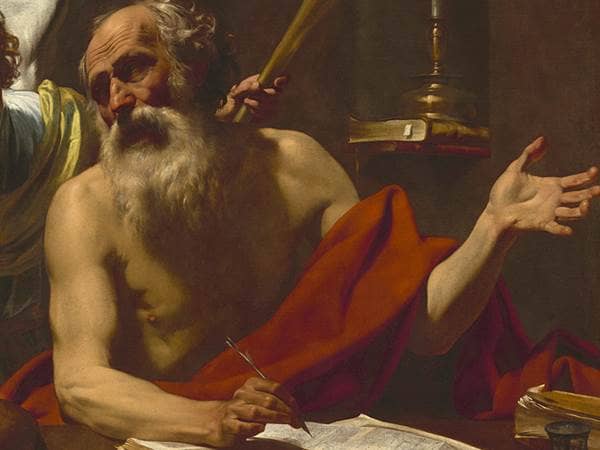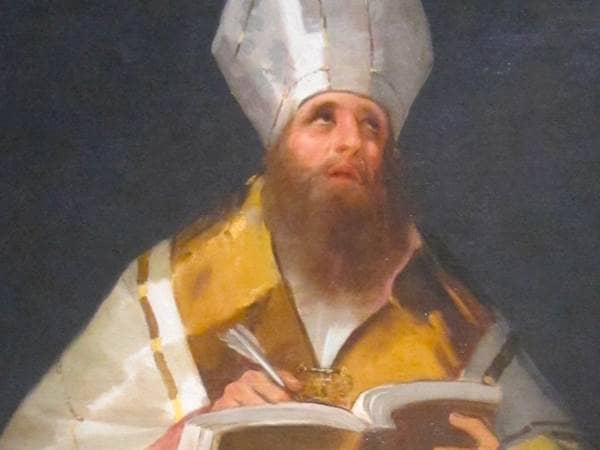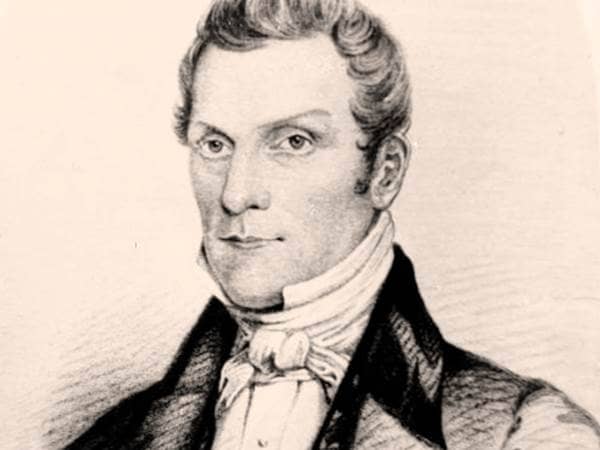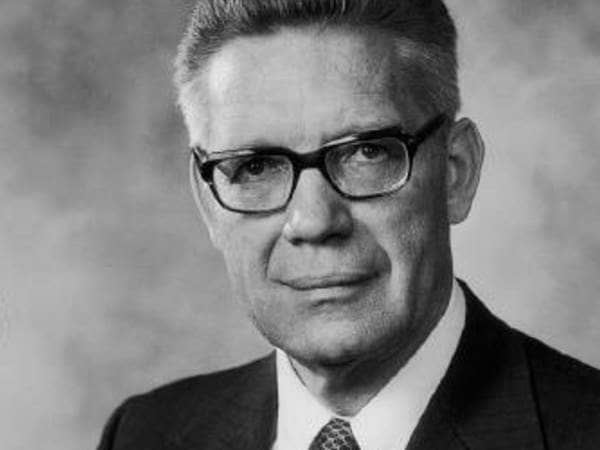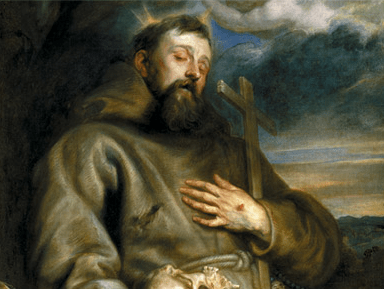
- Lived: trad. 387 - c. 493 (Early Medieval)
- Nationality: English (possible Scottish or Welsh)
- Known for: Converting Druid Ireland to Christianity
- Fun Fact: One legend about St. Patrick is that he banished the snakes from Ireland—snakes being a common symbol of ungodly forces. While a fun story, the fossil record confirms that the island nation of Ireland never had snakes.
- Fun Fact: St. Patrick’s feast day ends up during the Lenten fasting season, and Lenten restrictions are lifted for the day, so it has become a day of excess, with lots of meat and alcohol. The Church and local governments have tried at times to curtail this, but it never lasts.
Patrick is the patron saint of Ireland, which is a bit ironic as he was not Irish. Born to Roman citizens, probably in England near the Scottish border (though possibly in Wales), his own account is that Patrick was captured by pirates at 16 and sold into slavery in Ireland, where he stayed for six years. Though his father was a deacon and his grandfather a priest, Patrick did not consider himself a Christian, but during his time in captivity—including long hours shepherding alone—Patrick reflected on his life and reached a point of repentance and conversion. He credits God with arranging his escape from captivity. Once back home in England, Patrick began studying the faith, traveling to Roman Europe to continue his studies, eventually to be ordained. Earlier, Patrick had had a vision that the pagan Irish people wanted him to return, and so he headed to Ireland as a missionary.
While not the first Christian missionary to Ireland, as is often believed, Patrick baptized thousands to the faith, eventually becoming bishop and ordaining many priests to spread the Church throughout the land, establishing perhaps 300 churches. So, while perhaps not the first, it is appropriate to credit him with the Christianizing of pagan Ireland. Part of Patrick’s early experience of Christianity included French monasticism, and he brought an emphasis on monasticism and some of the theology of French Catholicism to Ireland, along with a willingness to blend local Druid and folk customs with the faith, all of which continue to define Irish Catholicism’s distinct flavor.
Most of what we know about Patrick is from a record of his activities attributed to him. Some dispute he wrote it. Some dispute he even existed, but is instead an amalgam of stories of Christianity’s arrival in Ireland.
Whatever the case, celebration of St. Patrick’s feast day in Ireland dates to the ninth century. That feast day, and Patrick in general, grew dramatically in importance, though, when, in the mid-1800s, immigrants to America embraced it as a way of celebrating and holding onto their Irish heritage and pride; and when, in the early 1900s, those in Ireland used it to assert Irish cultural and political independence.
While not the first Christian missionary to Ireland, as is often believed, Patrick baptized thousands to the faith, eventually becoming bishop and ordaining many priests to spread the Church throughout the land, establishing perhaps 300 churches. So, while perhaps not the first, it is appropriate to credit him with the Christianizing of pagan Ireland. Part of Patrick’s early experience of Christianity included French monasticism, and he brought an emphasis on monasticism and some of the theology of French Catholicism to Ireland, along with a willingness to blend local Druid and folk customs with the faith, all of which continue to define Irish Catholicism’s distinct flavor.
Most of what we know about Patrick is from a record of his activities attributed to him. Some dispute he wrote it. Some dispute he even existed, but is instead an amalgam of stories of Christianity’s arrival in Ireland.
Whatever the case, celebration of St. Patrick’s feast day in Ireland dates to the ninth century. That feast day, and Patrick in general, grew dramatically in importance, though, when, in the mid-1800s, immigrants to America embraced it as a way of celebrating and holding onto their Irish heritage and pride; and when, in the early 1900s, those in Ireland used it to assert Irish cultural and political independence.
Back to Search Results
